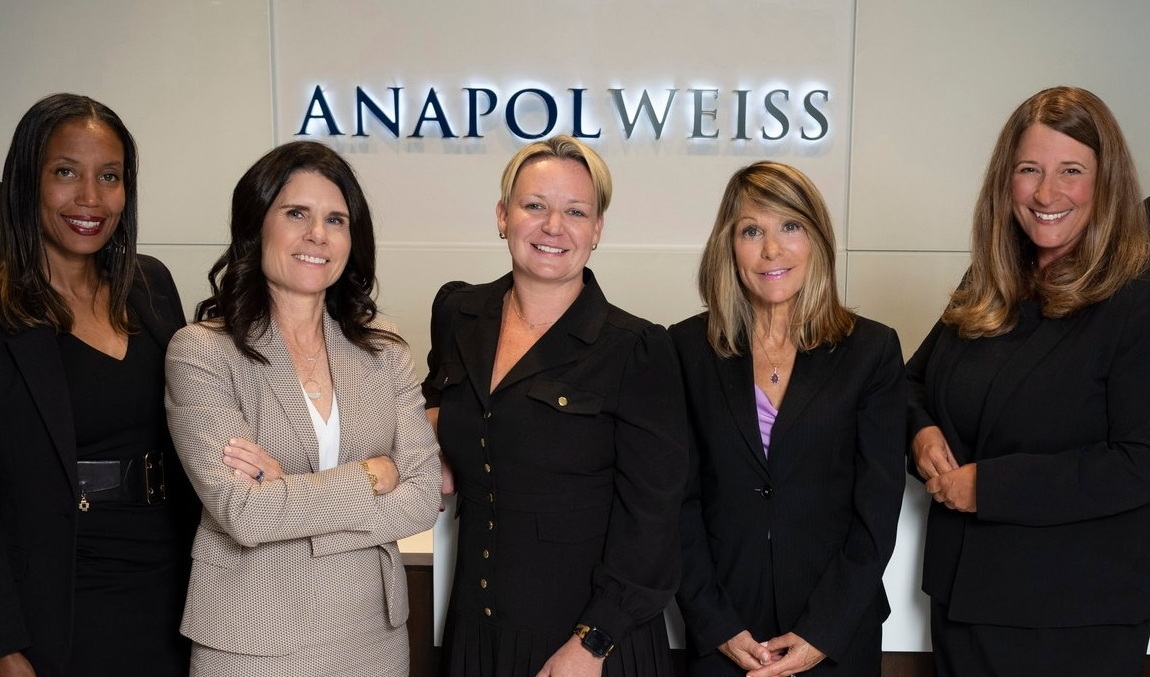Parking lots can routinely be one of the most stressful places to operate a vehicle. With multiple cars all around, tight spaces, and unpredictable pedestrians, an accident can easily occur if you are not constantly looking around you.
One of the most common types of parking lot accidents occur when vehicles are backing out of their space. Car accidents when backing up may seem like minor fender benders or harmless bumps by vehicles, but they can also involve more dangerous circumstances, such as vehicles backing into bicyclists and pedestrians. If you have recently been injured in an accident, contact our Philadelphia car accident lawyers today for a free consultation.
When an accident occurs as a result of a vehicle backing into cars, pedestrians, and even structures, who is at fault? Well, it depends on the circumstances.
Possible Scenarios for Back-Up Accidents
There are multiple situations in a parking lot that may result in an accident. Among those include:
- Two cars backing out of opposite spaces at the same time
- A car backing into a stopped vehicle behind them
- A car backing up into a bicyclist or pedestrian that they may not have seen
- A car backing up into a stationary vehicle or a parking structure
In many of these scenarios, determining fault can often be hotly contested.
How Can I Determine Who is At Fault?
In many cases, figuring out the at-fault party in a back-up accident requires answering two key questions:
- Which car was moving? In situations involving a stationary vehicle or structure, the moving vehicle is almost always at fault. If there are two moving vehicles, generally the one who moved first could be considered at fault, but this isn’t always the case.
- Who had the right of way? Right-of-way rules may also dictate fault in a back-up accident. For example
Exceptions to the Rule
Perhaps one of the few exceptions to these rules of determining fault is when clear, deliberate negligence is involved. This includes acts such as:
- Reckless driving
- Driving under the influence of drugs or alcohol
- Driving without a valid license
- Road rage, or driving with the intent to harm the other driver
Because these display a clear lack of care to other drivers on the road, they are often the deciding factor in liability disputes.
Pennsylvania Car Insurance Requirements
Ultimately, who is at fault in a back-up accident may be irrelevant to the conversation anyway. The state of Pennsylvania is one of few in the country to utilize “choice” no fault insurance laws. Most states are either “fault” or “no fault” states.
- “Fault” states hold those at fault legally responsible for the damages of both parties
- “No fault” states require you to file a claim with your own insurance company for any damages, regardless of who is at fault.
Although Pennsylvania could be considered a no fault state, it requires insurance providers to give drivers two options when choosing a policy:
- Limited tort. Considered the “no fault” insurance, this policy limits your options for compensation – you are only allowed to seek damages from your insurance provider. In other words, even if the other party is found to be 100% at fault, you may not pursue them for compensation for pain and suffering and other damages, with strict exceptions.
- Full tort. By choosing this policy, you officially choose to opt out of no fault insurance. This allows you to pursue at fault parties for damages in a car accident.
Because of this law, pursuing compensation related to fault and liability can often be incredibly complicated. For example, if one party as limited tort insurance and another party has full tort insurance, trying to secure compensation can quickly become stressful and confusing. If you are pursuing pain and suffering damages, that can further complicate matters.
What to do After a Parking Lot Accident
If the damage is minor, it likely will not require a police report so do everything you can to collect evidence of the scene. Take photos of the damage to your car as well as any injuries if you have any (as a pedestrian or driver). Exchange insurance and contact information from the other driver. If you believe the damage was more severe and you need car repairs, contact an attorney to help walk you through the insurance claims process.

